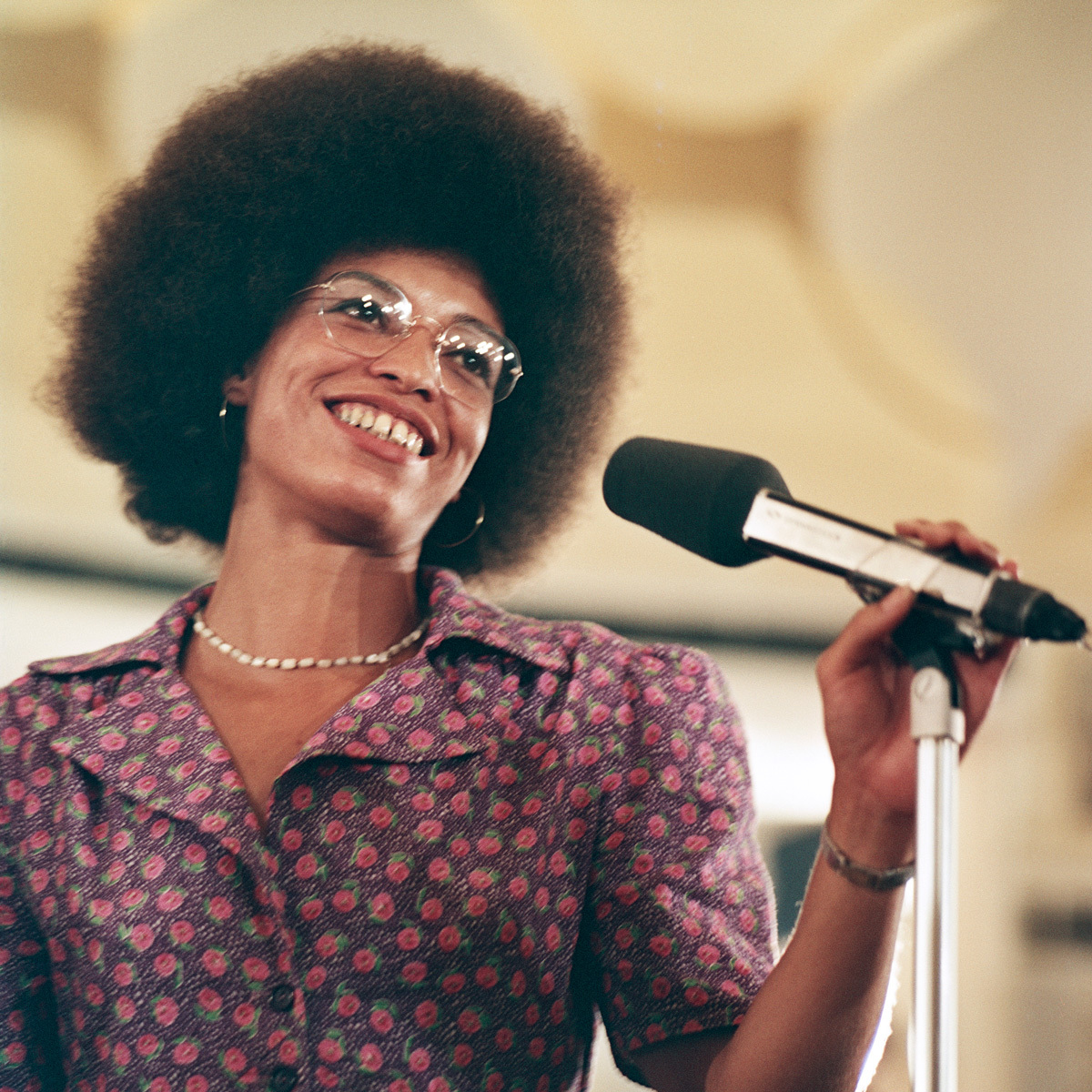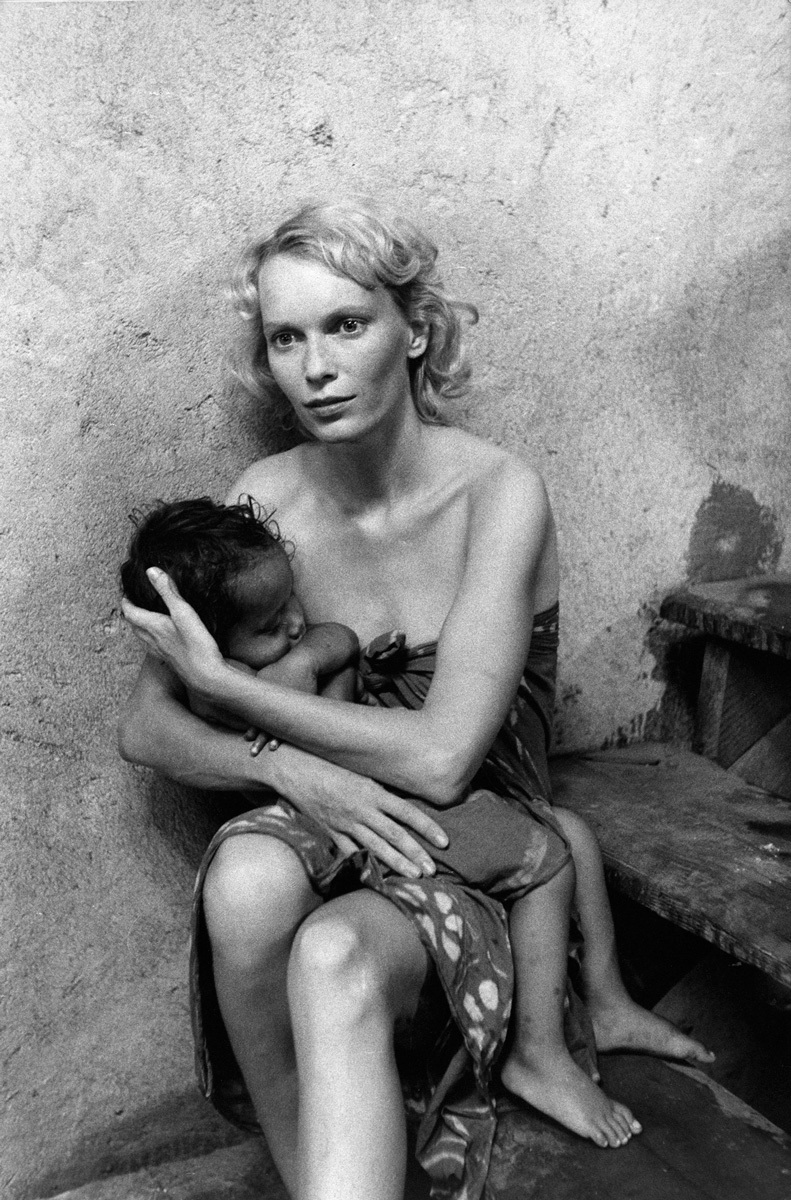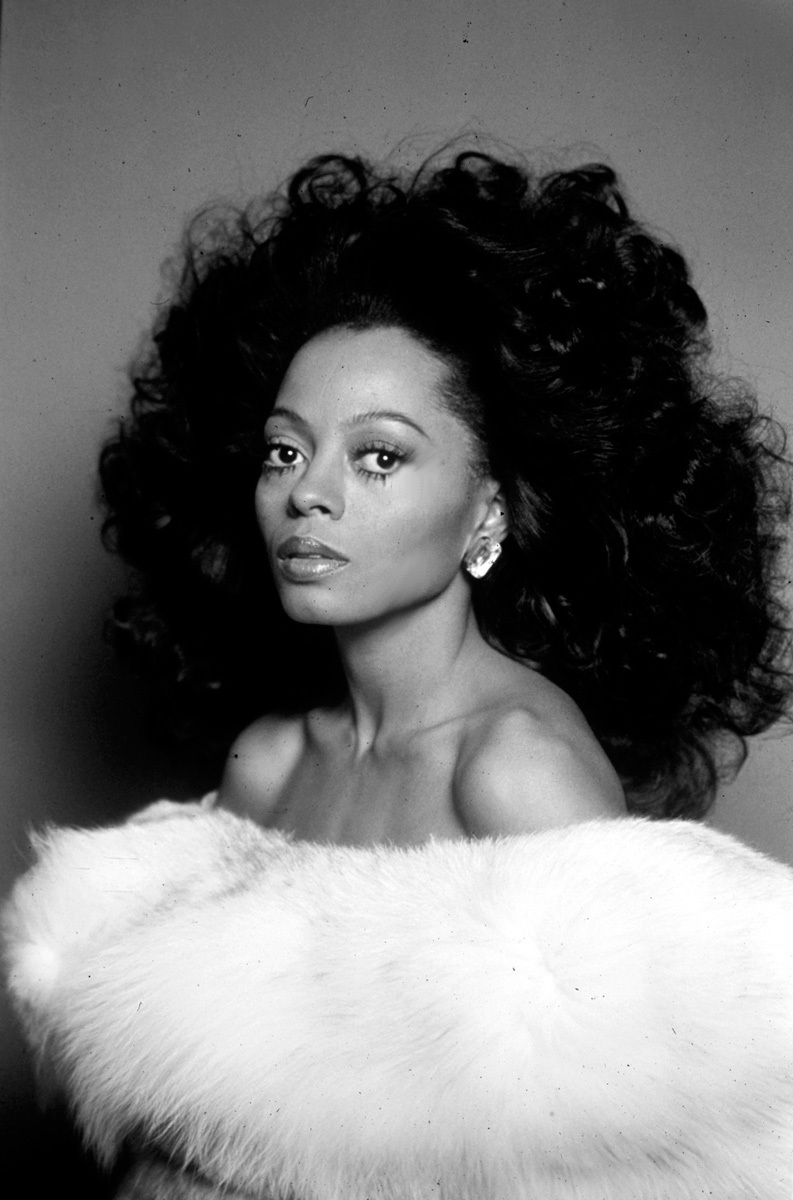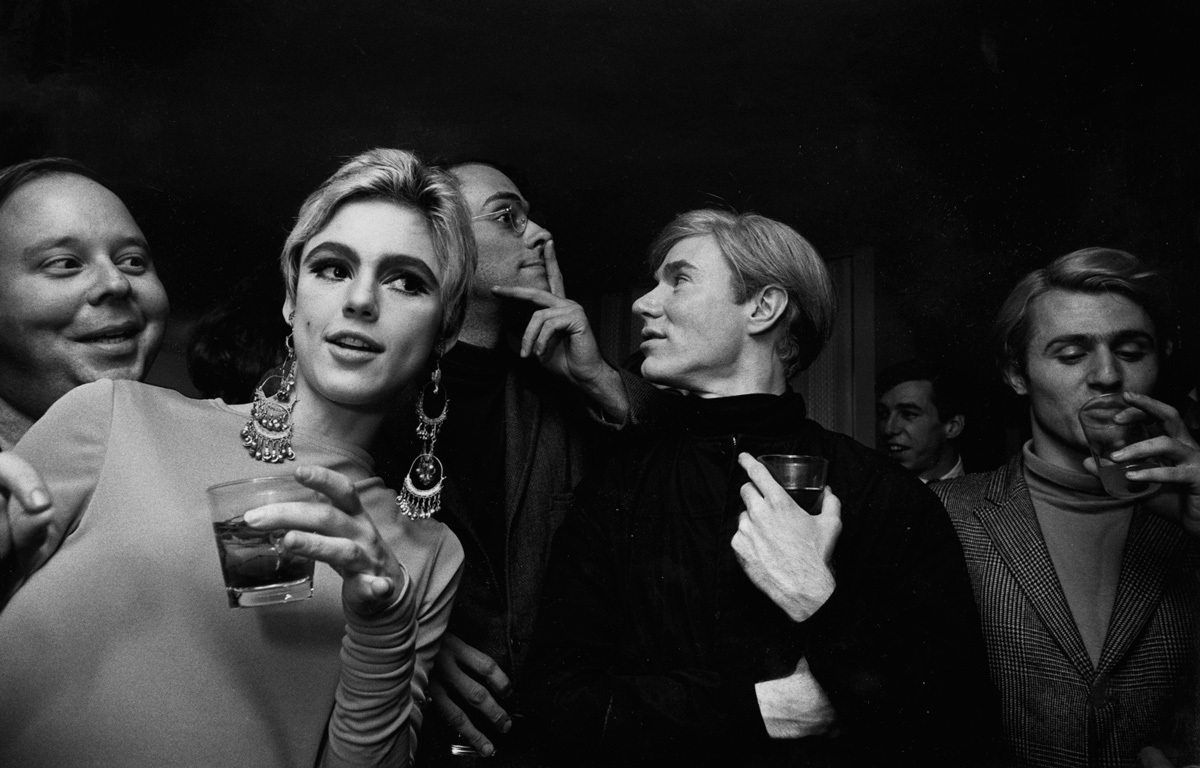Jacqueline Lee Bouvier, daughter of a wealthy Wall Street businessman, was unlike most girls her age. When she was just 18-years-old, she wrote down in her school notebook her plans for the future: “Not to be a housewife.” 12 years later, she became the First Lady of the United States, as her husband John F. Kennedy was sworn into the presidency in 1961.
The Kennedys Museum in Berlin recently opened an art exhibition showcasing portraits of powerful women pioneers like Kennedy alongside pop culture icons like Marlene Dietrich, Katharine Hepburn and Barbra Streisand, among others. They’re all on show in a photo exhibition called Decades of Change: Iconic Women of the 1960s and 1970s, which runs until October 16.
The museum, set in a former schoolhouse in Mitte, has put 60 portraits on view—from Grace Kelly to Twiggy—that show the role models who helped shape the women’s rights movement.

The director of the museum and exhibition curator Alina Heinze chose the portraits of powerful women who she believes trail-blazed the civil rights movement for their bravery to stand up to demand social equality and protest for equal wages, affordable childcare and birth control, essentially carving out the role for the forward-thinking modern woman.
The show was inspired by Jacqueline Kennedy’s work as First Lady of the U.S. from 1961 to 1963 and what her independence did to inspire the generations of women that followed. Kennedy was a principled woman and a role model whose work still stands today.
“Even though Jackie Kennedy’s earlier journalistic work, her political engagement and her editorial work can be judged as progressive, her public image as perfect mother and wife stood in contrast with the demands of the feminist movement of the 60s and 70s,” said Heinze. “The fact is that she was so much more than just a housewife and mother.”

As First Lady, Kennedy promoted and preserved American arts and art history, bringing some of the finest art into the chambers of the White House. She established the National Endowment for the Arts and Humanities, which even today, funds cultural projects with grants and education workshops. Kennedy worked with a team of art historians to preserve the White House and was the first to ever hire a curator on its premises. “Society longed for new female role models,” said Heinze. “We wanted to show who these women were.”
A few of the women in the show include Hollywood actress and activist Katherine Hepburn, who lived life on the edge. “Instead of conforming to the traditional role model of wife and mother, Katherine Hepburn filed for divorce in 1934 to focus on her acting career,” said Heinze. “She openly supported contraception and abortion, issues tightly connected to the demands for sexual liberation in the 60s and 70s.”
Heinze notes the Oscar-winning actress lived a life that was similar to her role as Christine in the 1942 film Keeper of the Flame. Hepburn remained an independent and confident woman throughout her life, proving she was a bold leader of second wave feminism along with actress Marlene Dietrich. These actresses wore pants in a time when women would normally only go into public while wearing dresses.

Singer and songwriter Diana Ross is also featured in the exhibition, whose rise to fame was as the lead singer of The Supremes, arguably the most successful girl groups of the 60s and of all time. Heinze points out that Ross’ career as a solo artist was so popular, that she was able to compete against The Beatles. “Ross became an ideal of the modern woman,” Heinze explains. “Ross’s song I’m Coming Out from 1980, in which she sings about her liberation from the male-dominated Motown Records, is considered a feminist anthem.”
There is also a strong section devoted to photos of award-winning actress and singer Barbra Streisand. The photos here show her more animated side—her more casual, personal side, like in the bathtub and at the kitchen table. “For many years, she actively supported women’s rights,” Heinze explains. “As a genuine feminist, she repeatedly complained publicly about the ongoing discrimination against women in the United States.”
But the photos here are not all staged. One photo of actress and activist Mia Farrow shows her nursing a young child. As a UNICEF Goodwill Ambassador who has 14 children (10 of which are adopted), Farrow fights for human rights and children’s rights in Africa and has made documentaries about genocide in Rwanda and Darfur.

“The photo gives an insight in how Farrow’s focus changed over the years from being part of the glamorous but fake world of the movie industry to committing oneself to the problems and tragedies of real live,” said Heinze.
There is one catch, however. Almost all the shots of women here were captured by male photographers like Richard Avedon, Helmut Newton and Will McBride, which influences how these women are represented—through the male gaze. There is only one female photographer’s work in the show and that is a photo by German photographer Charlotte March, who shot French-German actress Romy Schneider, who was known for playing the role of Empress Elizabeth of Austria in theSissi film trilogy in 1955. Schneider then stepped into the spotlight as a feminist who defended abortion in the 70s.
“While curating the show, I looked for female photographers in particular,” said Heinze. “But the works of male photographers dominated these decades and not much has changed since then. But next year, we will present an exhibition of the works of great female photographers.”

Credits
Text Nadja Sayej
